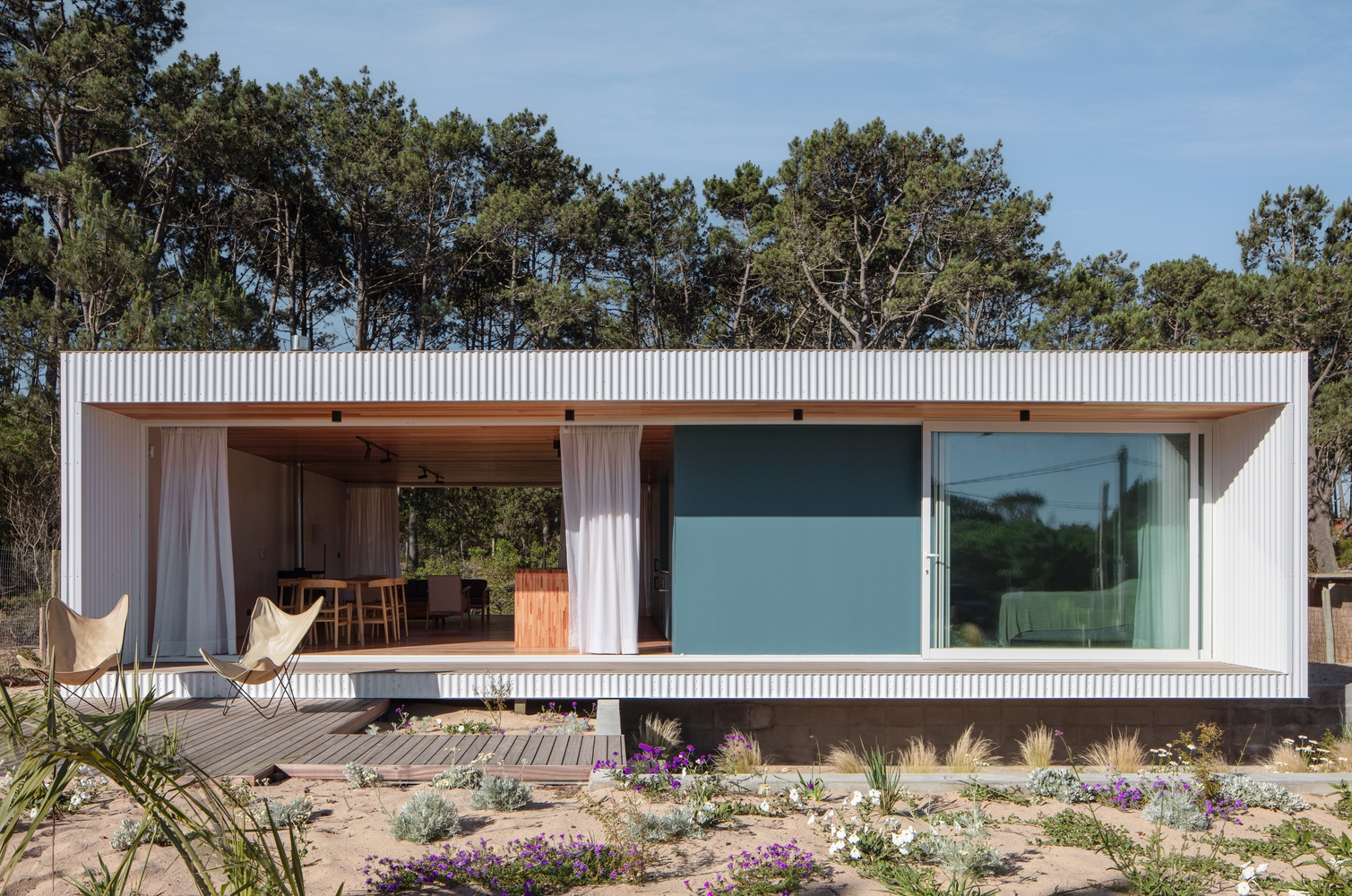Architectural Modules: Implementation and Adaptability in the Latin American Landscape
How can industrialization and environmental responsibility go hand in hand? What siting, technological, or constructive strategies can be developed without harming the surrounding landscape? The application of modular design in architecture has been in practice for years, with a history involving the pursuit of standardization and modular coordination among materials, products, and more. Over time, it has been complemented by various environmental, sustainable, ecological, and economic factors to achieve the adaptability and functionality desired by its inhabitants.
The module in architecture is capable of taking on infinite roles, intervening from the process of material selection to the application of technologies related to circularity, efficient water or electricity use, cooling, and climate control systems tailored to the region, among others. Additionally, it can serve other functions such as in the Casa Acqua in Brazil, where the organizational arrangement in modules allows for providing privacy to different areas of the house and reflecting both the architecture and its surrounding environment by being surrounded by water mirrors.


 Picture: Aldo Lanzi
Picture: Aldo Lanzi
Comments :